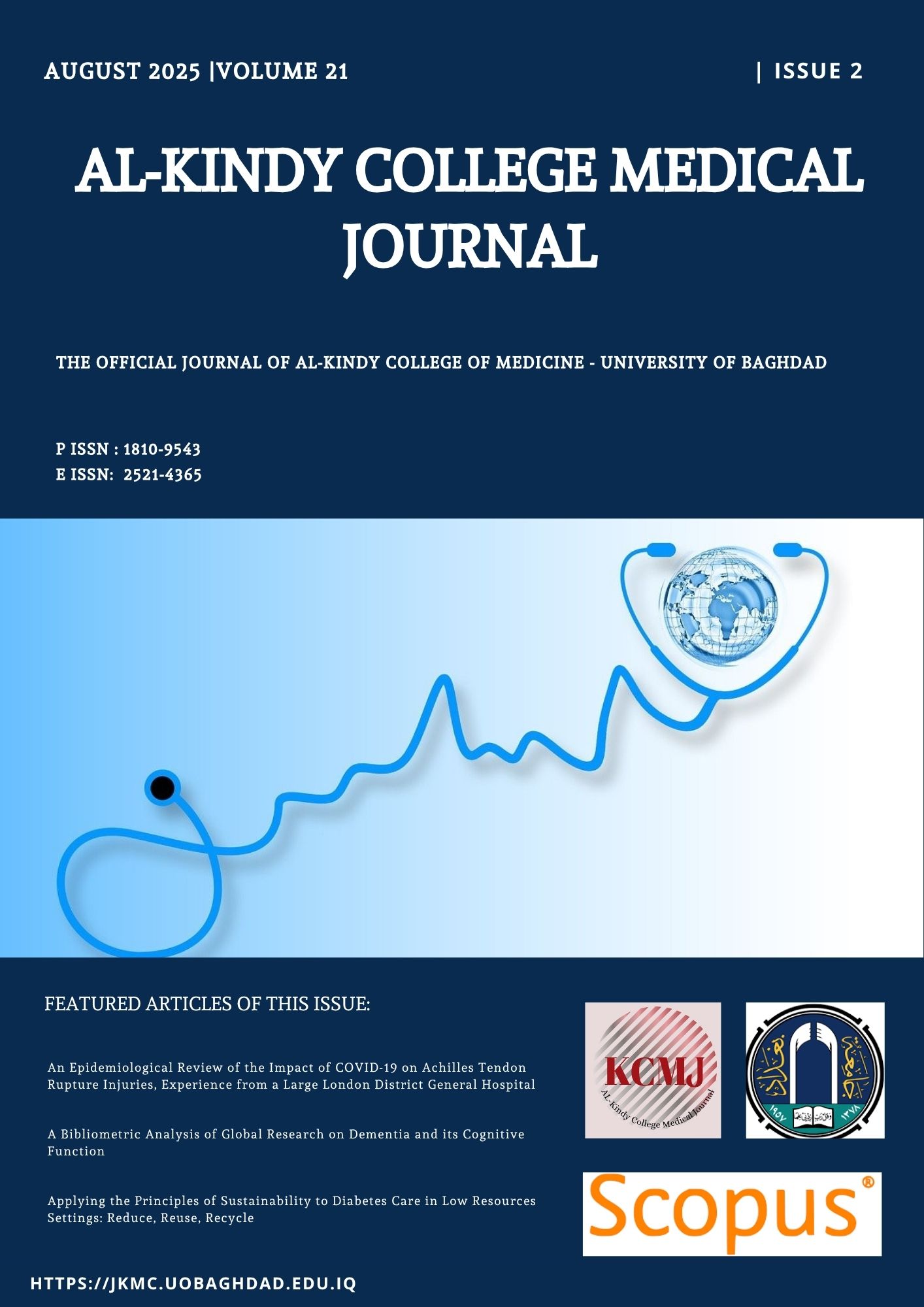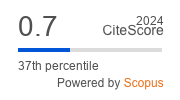An Epidemiological Review of the Impact of COVID-19 on Achilles Tendon Rupture Injuries, Experience from a Large London District General Hospital
DOI:
https://doi.org/10.47723/sgbqc720Keywords:
Achilles Tendon Rupture, Sports , Foot and AnkleAbstract
Background: During the lockdown for COVID-19, hospitals experienced a reduction in the number of trauma admissions related to high energy, sport, and occupational injuries. As lockdown measures began to ease, hospitals experienced a high admission rate of patients presenting with Achilles Tendon Rupture [ATR]. However, in the post-pandemic phase, the number of cases reduced. The aim of this paper is to report changes in incidence and identify changes in demographics, mechanism of injury, and Achilles Tendon Rupture management pre- and post-pandemic.
Subjects and Methods: We undertook a review during six different time periods of our Achilles Tendon Rupture patients, the time periods included: pre-pandemic, during the first after the first lockdown, during the second lockdown, after the second lockdown and the post-pandemic period. Patient’s demographics, mechanism of injury, past medical history, the use of steroids and patient management, Achilles tendon Total Rupture Score (ATRS) were all included.
Results: One hundred and sixty-three patients were included in the study. During the second lockdown [1st January 2021- 11th April 2021], the average age of patients was significantly lower than any other group [p <0.005]. 40% of patients after the first lockdown [August 2020- December 2020] were treated surgically and this was significant [p-value <0.005], during all other time periods; the vast majority of patients were treated conservatively. For the entire cohort, 71.78% of patients were treated conservatively, whilst the other 28.22% were treated surgically. There was no statistical difference in the Achilles Tendon Rupture Score-based [p-value - 0.729] when comparing the management of Achilles Tendon Rupture, at least 8 months post-treatment.
Conclusions: During each national lockdown, there was a decrease in the number of patients who presented with Achilles Tendon Rupture to hospital. Following the second lockdown, the number of patients who presented with ATR has significantly increased. However, in the post-pandemic phase, the number of cases decreased again. The study also found no significant difference in long-term outcomes as measured by the Achilles Tendon Rupture Score (ATRS), regardless of treatment approach. these findings suggest that the pandemic had a transient but marked impact on Achilles Tendon Rupture incidence, and further research is needed to explore the underlying mechanisms of this pattern, as well as the long-term outcomes and potential preventive strategies for Achilles Tendon Rupture in the post-pandemic era.
Downloads
Published
Issue
Section
License
Copyright (c) 2025 AL-Kindy College Medical Journal

This work is licensed under a Creative Commons Attribution 4.0 International License.














